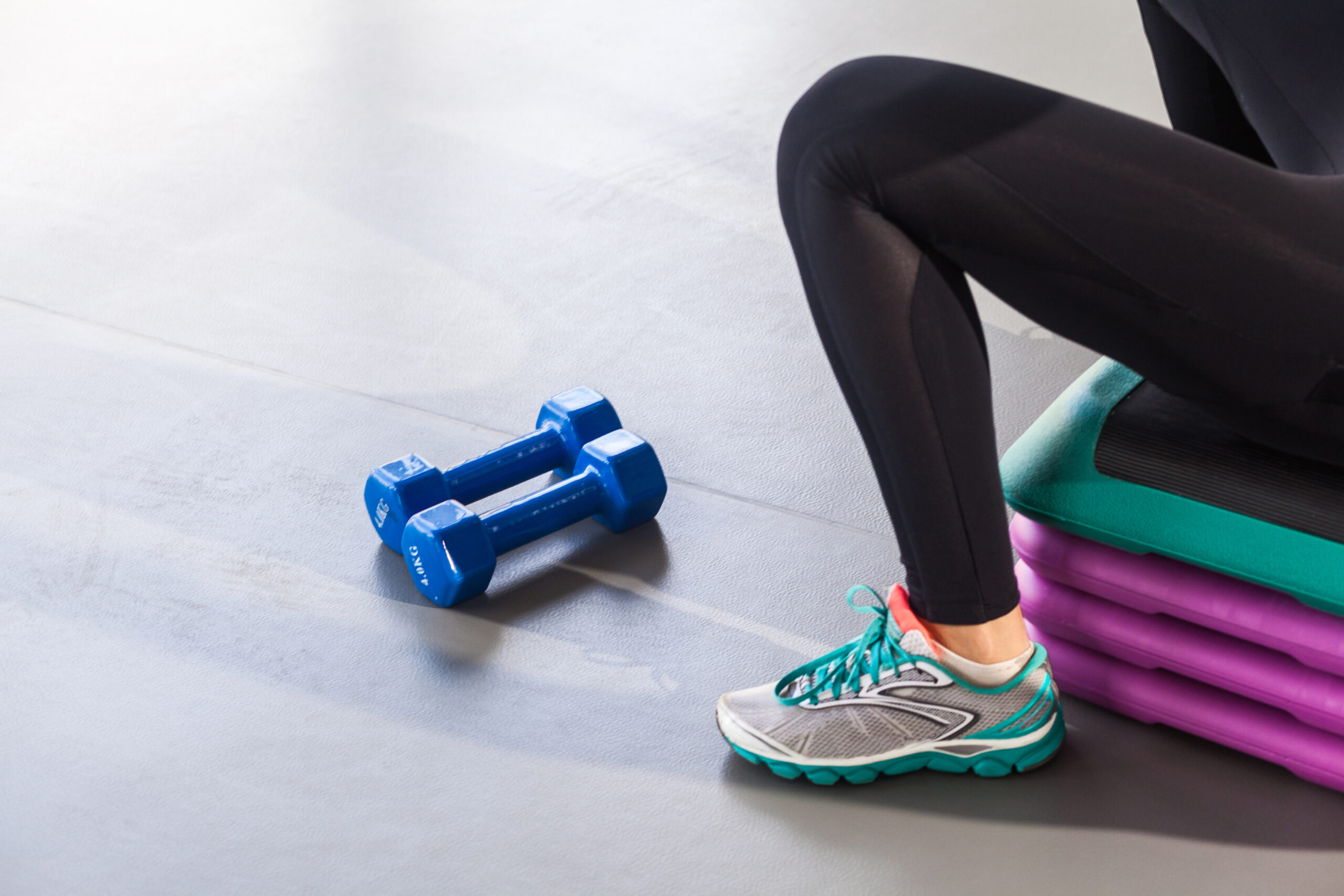
Learning how to lay floor tiles is simple, but there are some preparations you should make beforehand. Tile comes in a variety of styles, colors, and patterns; these tips will guide you through the process:
Pro Tip: Before you start tiling your floor, learn the proper way to prepare a subfloor.

When installing a tile floor, you will need to have the following items on hand: a tile cutter, rubber mallet, tile spacers; level and thin-set mortar, or another type of mortar. Due to its cement base, a thin set is an excellent choice for mortar that will support heavy loads. However, some mortars lack the necessary bonding agents and require the use of a latex polymer which improves bond strength with less water by creating a stronger bond. Before you begin the installation, make sure to get the right size trowel and type of mortar recommended by your tile manufacturer.
For cutting tiles, there are several tool options: a manual tile cutter, an electric wet tile saw, and a tile nipper. The manual tile cutter is generally used for smaller jobs while the other two can be used on large projects. For jobs that require cutting many tiles, a wet saw is best. A tile nipper can be helpful for specialty cuts around things like plumbing fixtures, pipes, and round corners.
Pro Tip: If you’re doing a one-time renovation or home improvement project, consider renting a mud mixing drill and a tile saw.
When laying floor tiles, draw a layout directly onto the subfloor. The lines in your drawing indicate where to start tiling and ensure that all of the tiles are properly centered If you do not make your tile lines perfectly square, your tiles will not fit together properly at the corners.
Pro Tip: To scale a floor plan, make a grid and mark each square inch with the corresponding dimensions of your space—for example, 1 inch = 1 foot.
Try laying out the tile pieces to see how they fit together.
Thin-set mortar is a common bonding agent used on ceramic tile floors. It consists of cement and sand, which need to be mixed with water if bought dry. It’s best to mix thin-set mortar in a large bucket with the help of a drill fitted with a mixing paddle, following package directions. Keep in mind:

Tile trowels, like other types of trowels, have smooth edges and notched ones called teeth. The size and number of the teeth will depend on the type or shape of tiles you are using. The size of the notch determines how much thin-set material will be left on the floor under a tile. Typically, larger tiles require deeper notches and smaller ones only need shallow ones to hold them securely in place.
Pro Tip: When choosing a trowel, follow the manufacturer’s recommendations.
To ensure that the consistency of a mortar is appropriate, always do a test before beginning tile floor installation.

If you are tiling a floor for the first time, it may be wise to apply mortar only as needed—for just one or two tiles at first.
Pro Tip: Keeping the layout lines visible as you work helps to ensure that all of your tiles will be laid in a straight line.
After installing three or four tiles, check to see if they are level.
Lay the full tiles in your first four quadrants and let the mortar dry. Then cut tiles to fill any spaces left between these rows of full tile courses and the wall, finishing with a layer of floor cement on top.
Most mortars must dry for at least 24 hours before you can walk on them. If a project requires breaks, scrape off any excess mortar that has dripped onto other areas of the floor so it doesn’t end up stuck under your tiles. If you allow the grout to dry before polishing, it will be difficult for new tiles to adhere properly.
Pro Tip: Install floor tiles so that you have a way around them before the thin set completely dries in 24 hours.

Measure and cut the tiles to fit in place along the wall.
If you’re interested in learning how to grout tiles, we highly recommend checking out our blog. It provides a comprehensive guide on the proper techniques and tips for grouting tiles: How to Grout Tile
Sealing your grout is essential to keeping it clean and looking like new. Unsealed, grout lines attract dirt, stains, and mold over time—but once sealed with the right product, this won’t happen anymore!
Pro Tip: Grout sealers typically last for one to two years before needing reapplication. If water seems to soak into your existing grout when you drop it, that’s a good sign that the sealer has worn off and needs renewing.
Now that you have learned how to tile a floor, creating your beautiful room is as simple as picking the right tiles and gathering your tools. Be sure to account for all materials used when calculating how much material you will need for this DIY project. Make sure you get the right amount of tile for your room. If you’d rather leave it to the experts, you can get help at : https://thefloorbox.ca